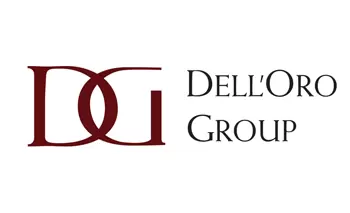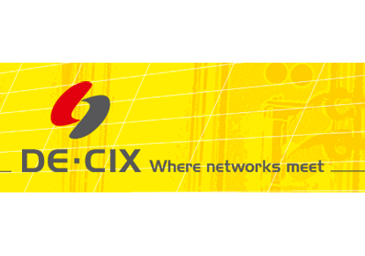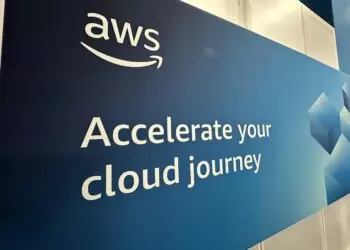Lumen Technologies launched its flagship capability on its Network-as-a-Service (NaaS) platform, offering customers “radical flexibility in how they buy, use, and manage networking services.”
The Lumen NaaS platform offers a fully digital consumption model allowing customers touse a digital portal or APIs (Application Program Interface) to order and manage services. The first and flagship service on the NaaS platform is Lumen Internet On-Demand, which enables:
- dedicated connection to one of the largest, most connected and secure networks in the world
- Ability to scale capacity in minutes
- Internet speeds from 100 Mbps to 10 Gbps
- A consumption-based billing model; pay only for the time services are active, starting at hourly rates
- Real-time visibility into service performance and network usage
- Quick enablement of new capabilities
Lumen plans to expand its NaaS over time to include security services, such as DDoS (Distributed Denial of Service), SASE (Secure Access Service Edge), and Edge services. In addition, Lumen NaaS will leverage a broad digital ecosystem of partners – including data center, cloud, technology, and managed service providers. Digital Realty is one of the first third-party data center providers to join the Lumen Network-as-a-Service Alliance Partner program.
"We have been preparing for this moment for a long time, building a world-class telecom network with state-of-the-art fiber, broad coverage and unsurpassed route diversity and scalability," said Kate Johnson, Lumen CEO. "Lumen's Network-as-a-Service offering takes the next step to deliver on our customers' networking dreams: the ability to fire up any port, with any service, at any time. It's your network, your way."
"Lumen is putting the customer at the center of our Network-as-a-Service platform, creating a cloud-like experience for buying, consuming, and managing our network services," said Andrew Dugan, Lumen CTO. "Businesses are looking for a dynamic, dedicated internet connection, but they want it from a reliable and flexible network. Unlike some Network-as-a-Service players, Lumen can deliver on this promise because we own and manage our network."
"Lumen plays an important role in helping content providers move video content to AWS," said Evan Statton, Sr. Principal Architect in M&E at AWS. For example, Fox Sports was able to bring its live sports content to AWS by using an on-demand connection aligned with Lumen's Network-as-a-Service platform. We look forward to continued work with Lumen to help AWS customers achieve their live cloud production goals."












































